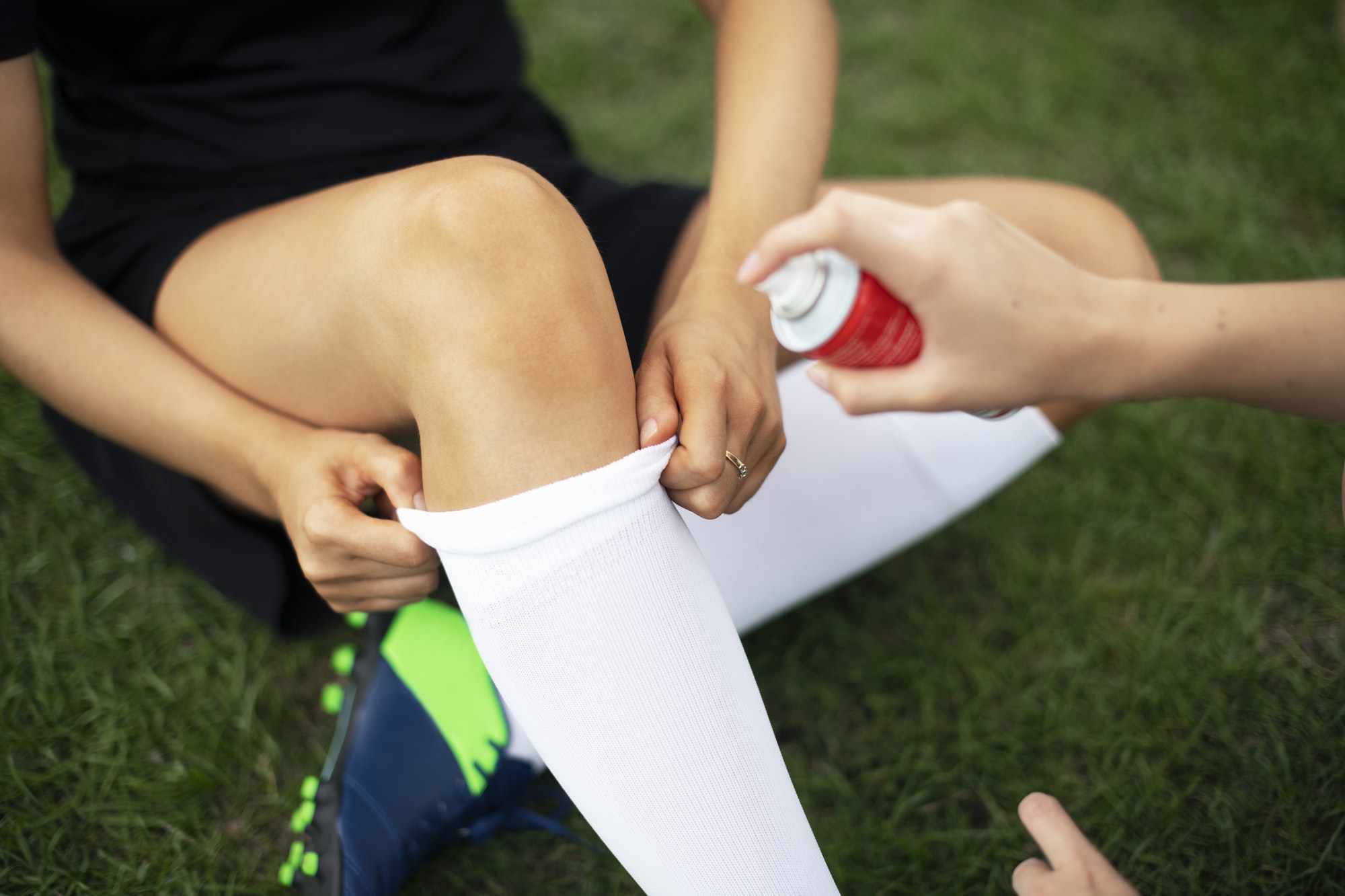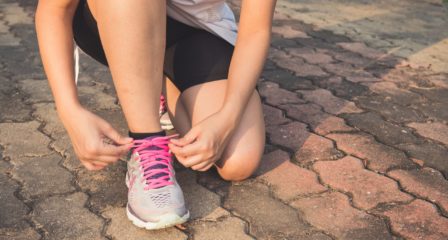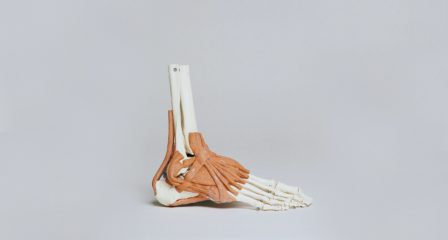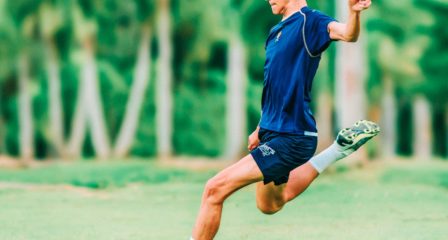Soccer is one of the most demanding sports on the lower body. Requiring both endurance and speed, as well as the ability to change direction at a moments notice. As a result, it is also important to be getting stronger outside of training, to reduce risk of injury. Below is a list of muscle groups commonly used in a game of soccer and examples of different exercises that can be used to strengthen these areas in order to prevent injuries occurring in a game.
GROIN (ADDUCTORS)
A crucial muscle group for change of direction, passing and defending, this muscle is a very commonly injured muscle in soccer players. As a result, soccer warm ups should incorporate some form of side to side movements, in order to sufficiently warm up this muscle. An example of a strengthening exercise is The Copenhagen plank. This aims to strengthen the groin in a lengthened position, an example of how this is performed is demonstrated below. You can also vary the difficulty of this exercise, as demonstrated, with a bent knee to make things easier, and a straight knee to increase difficulty.
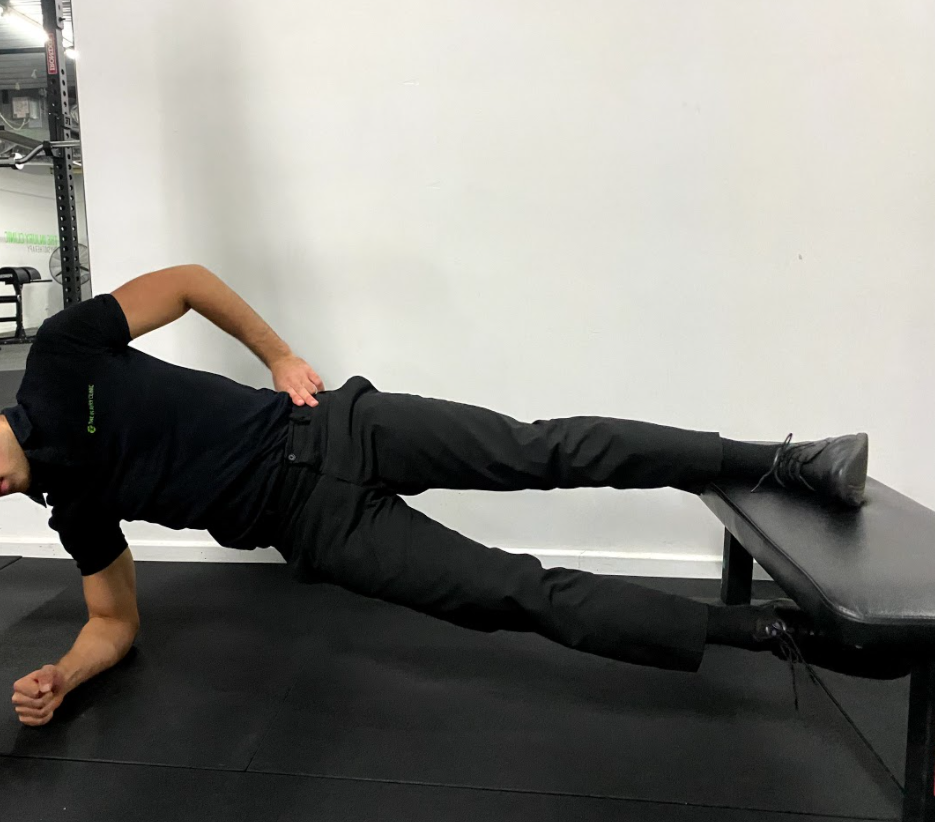
HAMSTRINGS
Having strong hamstrings assists with sprint speed, and is commonly injured when players are fatigued. Soccer requires repeated sprint efforts, as well as the ability to slow down very quickly. There is extensive research regarding the use of nordic hamstring curls, which can be effectively integrated into a preseason strength program for soccer players, and requires minimal equipment.
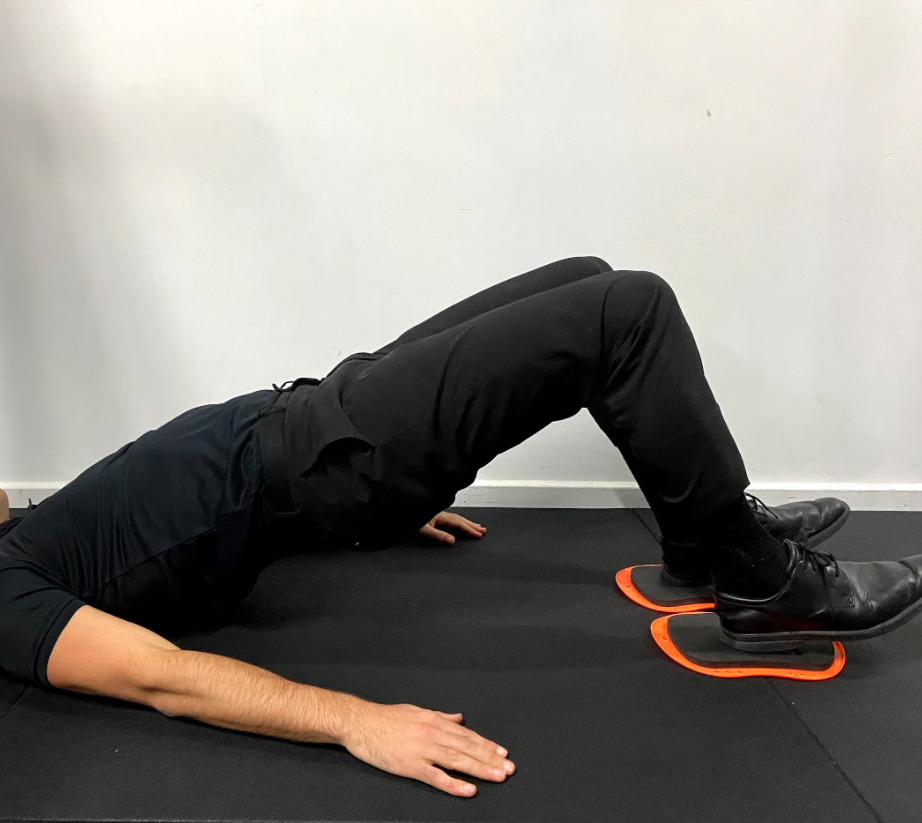
QUADRICEPS
The quadriceps are an important muscle group, especially when shooting and controlling the knee while dribbling the ball. Quadriceps strains often occur as a result of either when a soccer player is sprinting, or kicking (usually with power). It is important to be strong through the whole length of the quad, and the reverse nordic is a great way to both stretch and strengthen your quadriceps at the same time.
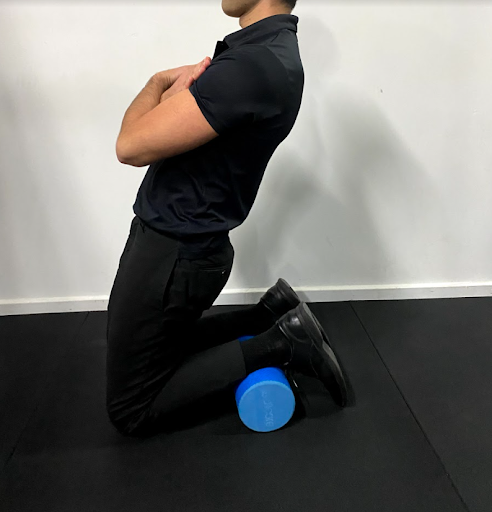
ANKLES
Having robust ankles is vital in the sport of soccer, the best way to gain strength specific to the sport, is to put the ankle under the same loads it would have in a game. As soccer is primarily a lower limb dominant sport, getting tackled, changing direction as well as dribbling all require good ankle strength and mobility. Cone weaving with a ball is an excellent way to build soccer specific strength in your ankles, and there are a variety of different drills that can be performed to emulate match play.
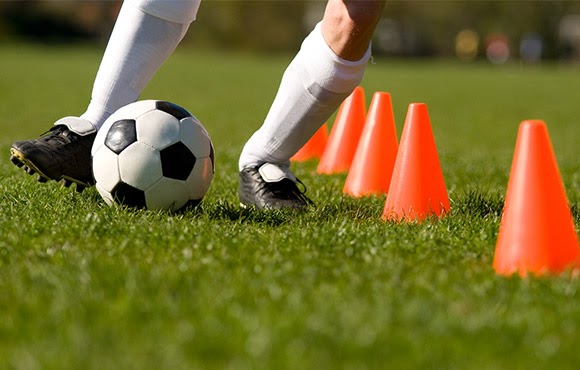
SUMMARY
The above are examples of exercise that can be integrated into your soccer training, particularly in a preseason format. Each of the above exercises require minimal equipment, which makes them suitable outside of a gym environment. It is important to ensure that the main muscle groups that are commonly injured within the sport of soccer are strong, in order to stay on the field for the full 90 minutes.
